Plant Lovers' Almanac: More about the bugs and the bees
As I write this I am in Denver, with creamy yuccas outside my window and the mountains to the west. Yuccas, each species with their deep obligate relationship with a species of Tegeticula pollinating moth. It’s the yuccas' one and only pollinator and the moths' only source of food.
So, moths and bees and other insects were what I left Ohio with at our “Good Bugs, Bad Bugs” program at Ohio State University’s Secrest Arboretum in Wooster.
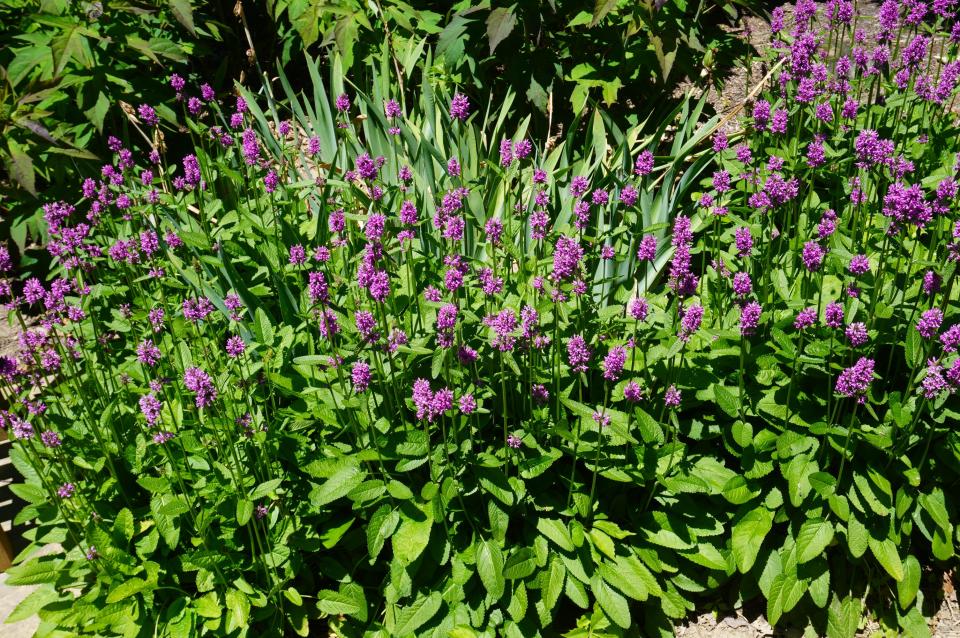
Roger Downer spoke of the over 40 million-year history of those yucca moths and of the over 12,000 moth species in North America. Denise Ellsworth regaled us with the primo plant pollinator, bees, including male bumblebees (Bombus) which we got to hold as they buzzed in our fingers before flying away to their appointed rounds. We saw the beautiful purple flowers of Stachys (betony), perennials in the mint family. Stachys officinalis "Hummelo" was named the Perennial Plant Association’s “Perennial Plant of the Year” in 2019 and is widely planted.
Plant Lovers' Almanac: Glorious color bursts forth in Ohio
At Secrest, we checked out the glorious "Royal Purple" smokebush, an array of succulent gardens that the OSU Agricultural Technical Institute’s Greenhouse Club had arranged for an upcoming wedding, the chartreuse-foliaged "Sun King" aralia shrub — it’s a beautiful time of the year.
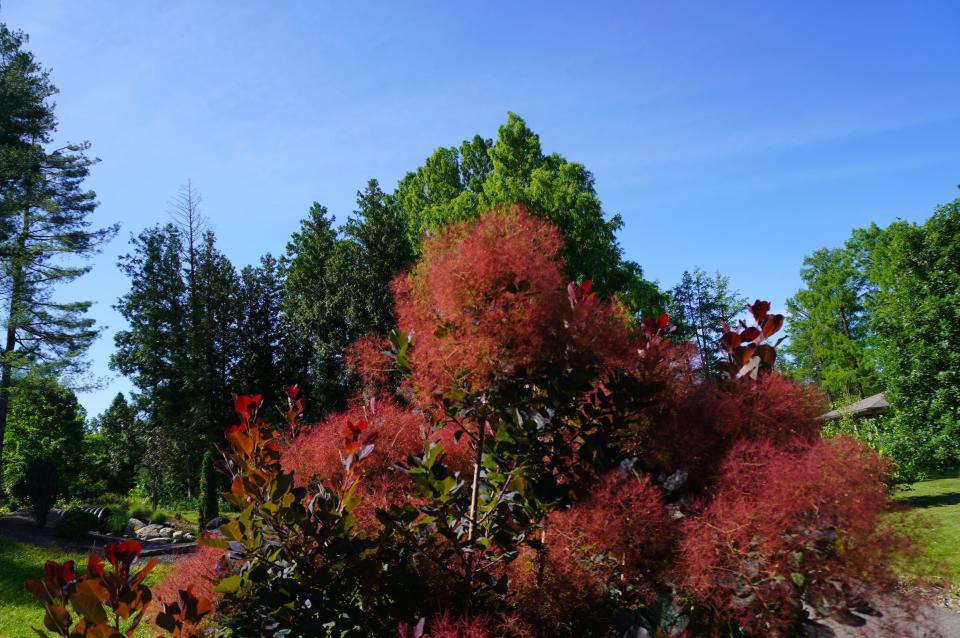
Heading west, halfway to Denver, we checked out the glistening waters of the Missouri River from vineyards in Rocheport, Missouri, and along the Katy Trail. And, alas, we saw the devastation of emerald ash borer at rest areas along the way.
Kansas Landscape Arboretum
En route to Colorado last weekend, my wife and I decided to detour from Interstate 70 and visit the arboretum near Wakefield and Kansas State University (KSU) in Manhattan. I had wanted to visit for some years as I knew that my friend, professor John Pair of KSU, who died more than 20 years ago, had laid out one of the National Crabapple Evaluation Program trials there. John was an earlier president of the International Ornamental Crabapple Society before I was, and we shared our love for these mini-apples (fruits less than 2 inches in diameter at maturity).
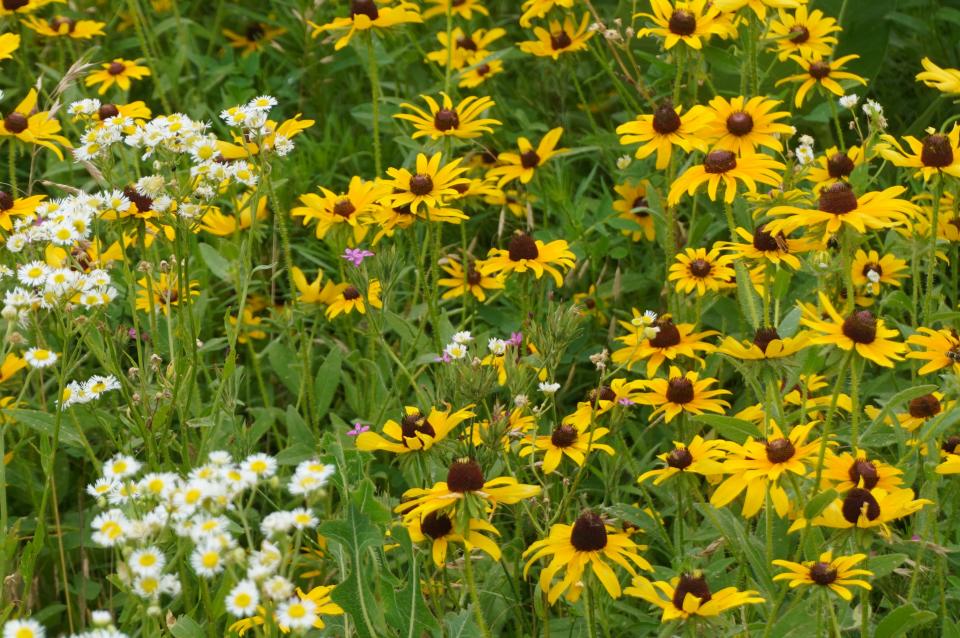
The arboretum is different from what we are used to in Ohio; vegetation is not as lush. It is a bonus there to have an abundance of trees. That is why the Arbor Day Foundation has its center in nearby Nebraska; they know what it is like to not have an abundance of trees. So, the Kansas Arboretum is not fancy, but there are walnut and oak collections, those crab apples, fields of black-eyed Susans, bounteous purple vervains (as legend has it, excellent to fend off vampires!) native Osage oranges, the ever-present junipers of the Plains States, and views of the adjacent Milford Reservoir.
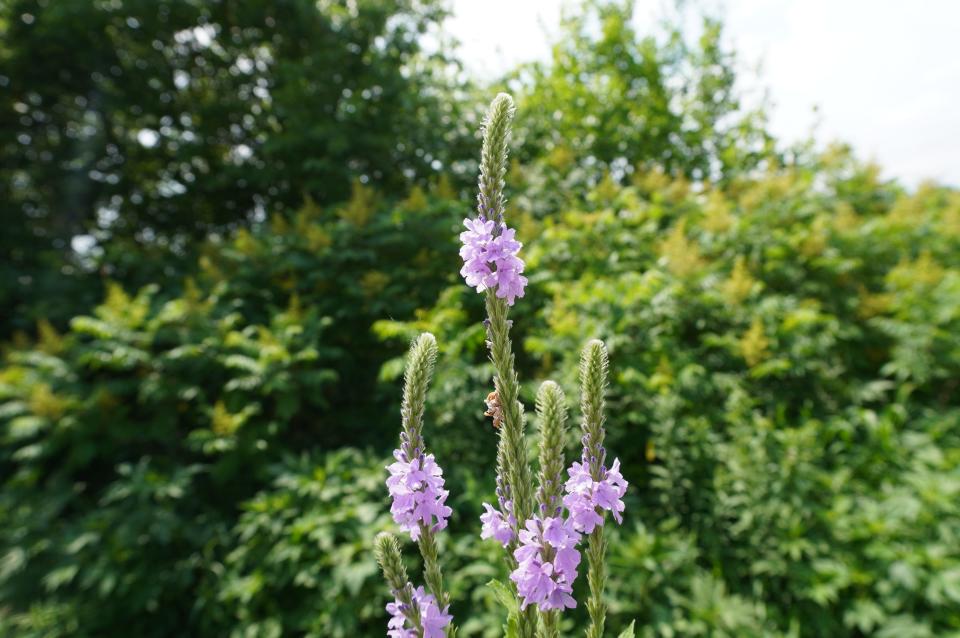
As a plant pathologist I was aware of how different the Kansas environment was compared to disease pressures we have in the wetter, disease-inducing weather of Ohio. There was no apple scab in John’s plot, meaning Velvet Pillar was not a scab-dog. Malus tschonoskii, an upright crab apple long ago culled from our Ohio plots due to fire blight susceptibility, was a standout.
Plant Lovers' Almanac: Readers wonder what's attacking their plants
There was one disease present, one that does not require abundant seasonal moisture. There was more cedar apple rust on one of the specimens than I have ever seen. But only one: a great illustration that disease susceptibility is dependent not only on environment, but on the specifics of host plant genetics — in this case that susceptible crab apple. All that was needed was presence of the fungus, which must spend part of its life on an alternate host — those ubiquitous junipers.
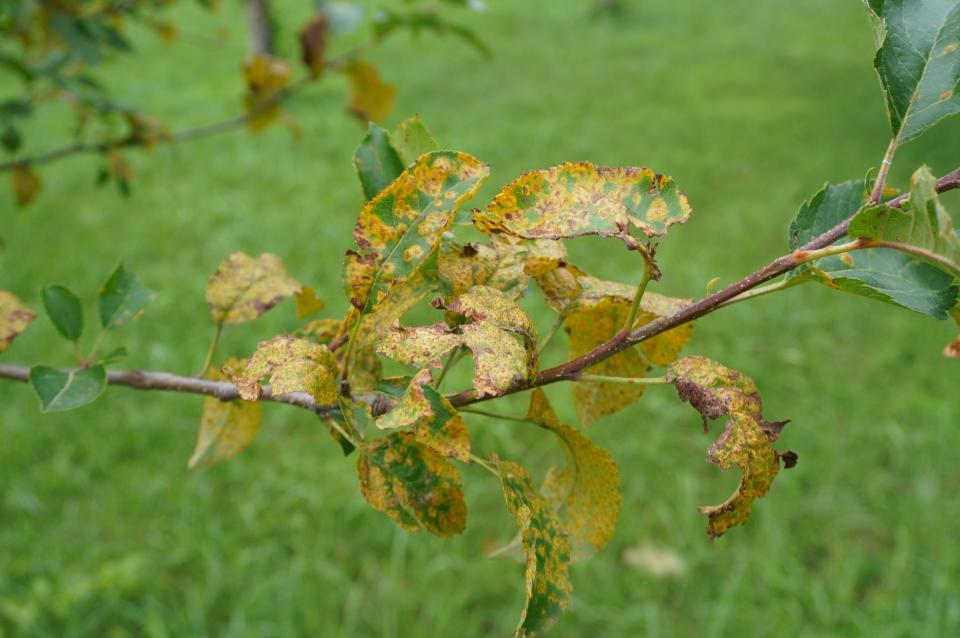
Nematodes ad infinitum
We have all experienced the phenomenon of referencing or learning something and then it seems that subsequently it keeps coming up in conversations or other information more frequently. This may be an illusion — or part of your social media algorithms — but for me and the Plant Lovers' Almanac the word is — nematodes, microscopic roundworms. I have written of them recently in several contexts, including their ubiquity in nature and as the putative cause of beech leaf disease.
So, this week, two citings. First was last week at that bee walkabout with OSU’s Denise Ellsworth when she mentioned nematodes and bumblebees. I had never thought of nematodes and bumblebees, but it should be no surprise; nematodes have many living habits, including parasites of large animals including humans, of plants, fungi and small animals such as insects, and even some that are free-living in soils. It turns out that bumblebees (over 250 species worldwide), are plagued by a nematode that is a queen parasite.
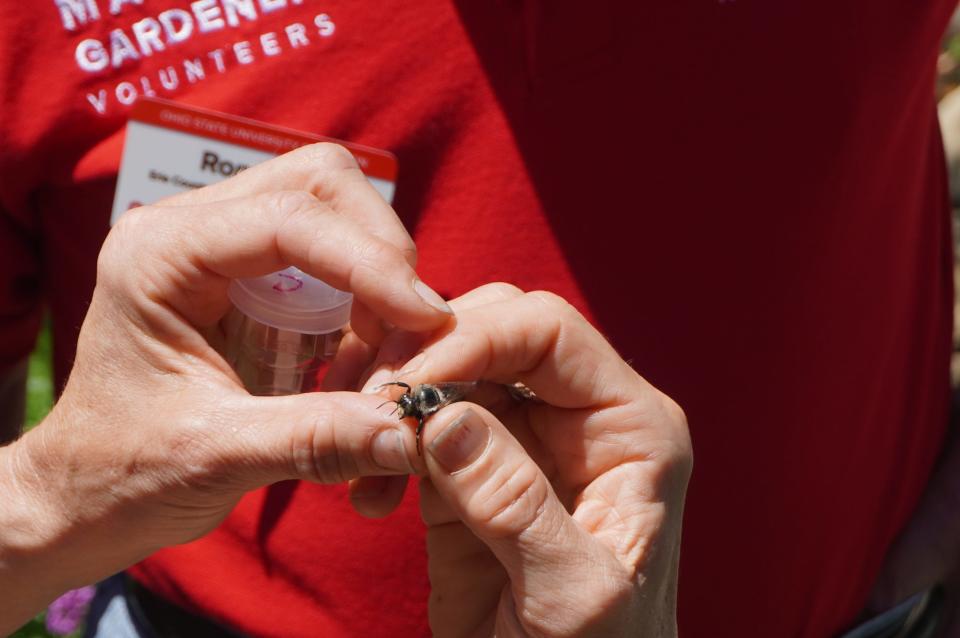
In addition, I took a look at an interesting 2015 paper that was an investigation of whether or not “beneficial” nematodes might be a problem for plant-pollinating bumblebees, an interesting issue of “unintended consequences.” Such soil-inhabiting nematodes are sold for insect control, as the nematode species in question vector a bacterium that kills, for example, larvae of beetle grubs that damage turfgrass.
The researchers were interested in the effects of these nematodes on bumblebees, a different sort of insect. At least in their laboratory context they were indeed damaging, “beneficial” be darned.
The “Nature red in tooth and claw” and “everything is attached to everything else” realties arise again and again.
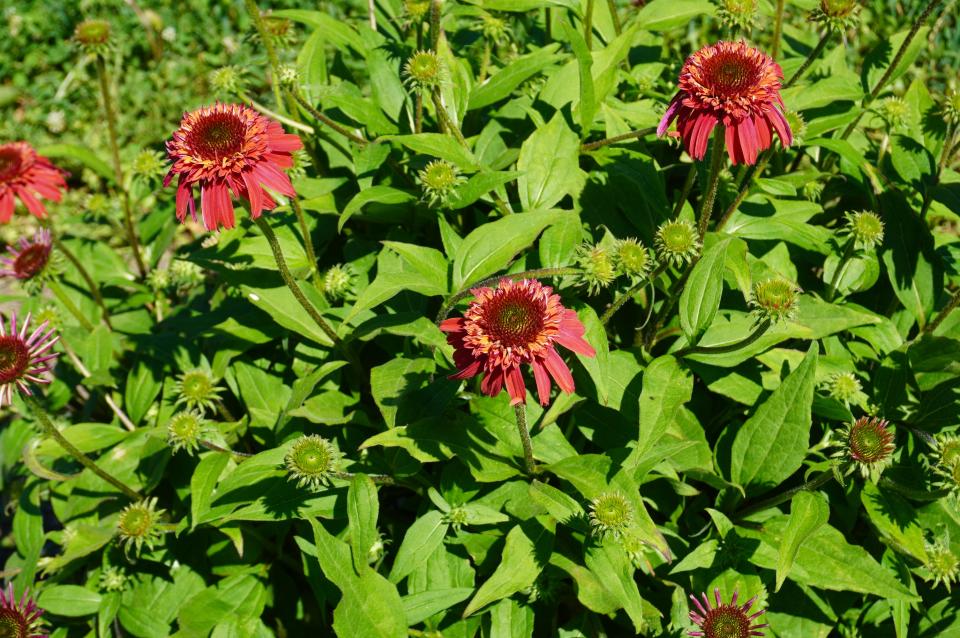
The second nematode example of the week also occurred on that walkabout as Secrest Arboretum’s Paul Snyder toured us through their Echinacea (coneflower) trials, showing us some damage on one of the hybrid coneflowers, damage from a foliar nematode. Though most plant-parasitic nematodes damage roots and crowns of plants and live in soil, foliar nematodes live on and feed on various cell types of the leaves, causing vein-delimited damage on leaf tissue.
Damage is mostly cosmetic on coneflowers, but that matters, as they are after all considered “ornamental” plants. It was only on a few types, but that is the advantage of having such trials at Secrest.
Plant Lovers' Almanac: Enjoy the sights, smells — and sounds — of plants and trees
Come check it out at Secrest; this is the fourth and last year of the coneflower trials and they are becoming more beautiful by the week. The trials are in the former Rose Garden of Legend and Romance (devastated by rose rosette viral disease and thus retired), and include panicled hydrangea and ninebark trials as well.
Jim Chatfield is a horticulture educator and professor emeritus at Ohio State University Extension. If you have questions about caring for your garden and other topics, write to chatfield.1@osu.edu or call 330-466-0270. Please include your phone number if you write.
This article originally appeared on Akron Beacon Journal: Plant Lovers' Almanac: More about the bugs and the bees and beautiful plants in bloom

